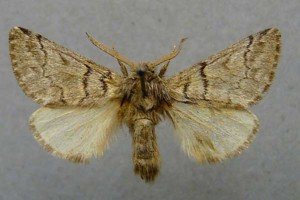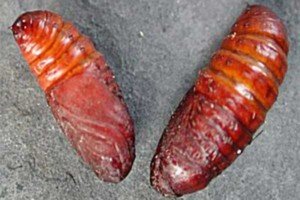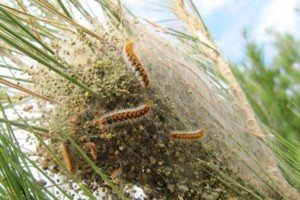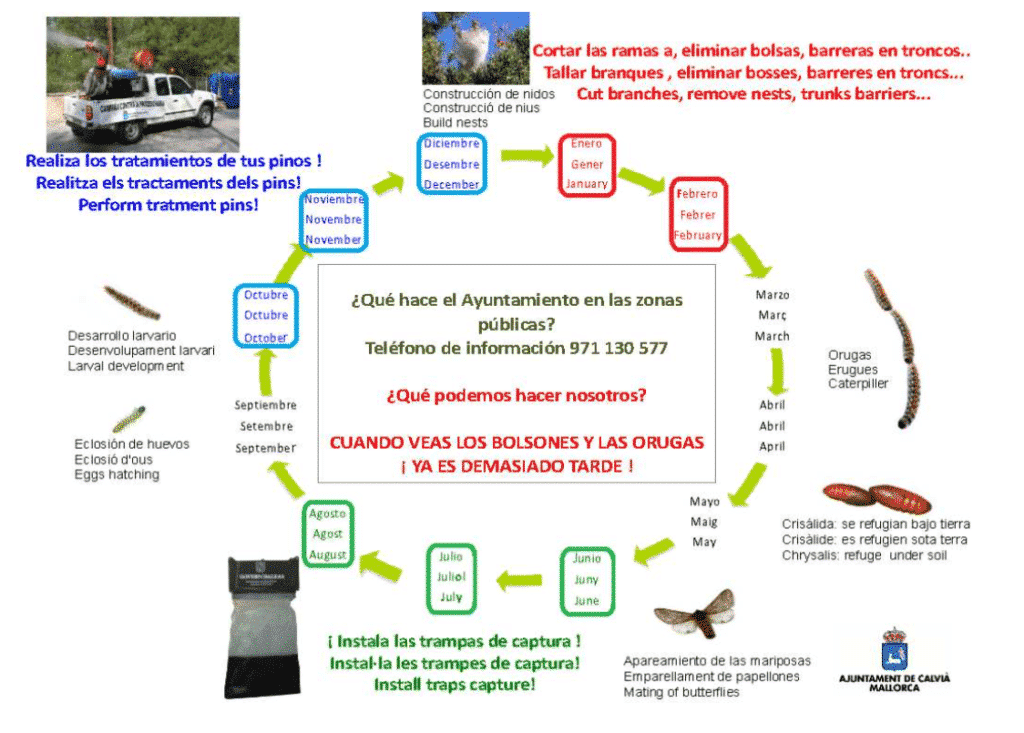In the spring, the storms on Majorca not only whirl up dust and leaves, but also the dreaded hair of the Procession Caterpillars. Learn more about the annoying caterpillars and what you can do about it.
Incidence
The Processionary caterpillar is a butterfly (moth) from the family of tooth spinners, around the world there are about 100 different species. The pine processionary moth represented here in Mallorca is in need of warmth and therefore colonizes mainly warm, dry pine forests, where it is often found near the seashore.
Appearance
The moths have a wingspan of 28 to 40 mm and are greyish brown. The caterpillars are up to 50 mm long and are covered with hair. These can penetrate into the skin of humans, where they produce violent allergic reactions, they go on foraging at night and walk behind in processions.
Reproduction
The females lay their eggs in layers of 100 to 250 pieces in the tops of the pines, in the outer branches of the pines, the caterpillars create common pyramid-shaped webs up to 30 centimeters in size. They spend the winter in the web, the development will not end until the following spring. The pupation in a brown-colored cocoon takes place in the soil, where the caterpillars dig 5 to 20 cm deep.



Why are the procession spinners so unpopular?
The very fine hair of the caterpillar contains a poison that can cause dermatitis in humans, with severe skin irritation, allergies and asthma.
Prevention
It is best to avoid pines and caterpillars in spring. The children should also be informed thoroughly. Do not try to sweep away the caterpillars or their nests, burn them or otherwise remove them yourself. Wear long-sleeved clothing and showers on hikes and excursions.
Symptoms
First, local skin reactions occur: burning, itching, redness, wheals, blisters or nodules. Thin areas of skin on the face, neck and inside of the elbow are particularly affected. Depending on the dose and individual immunodisposition, the symptoms may also affect the entire organism (hives). The symptoms may also appear hours after contact.
If the floating hairs are coming in contact with the mucous membranes (conjunctiva, oral mucosa, respiratory tract) , for example by inhalation, there are also violent allergic and inflammatory reactions. The eyes itch, burn, are inflamed or swollen. There may be inflammation in the airways that can trigger painful cough, bronchitis and asthma. Accompanying more common symptoms such as dizziness, fever, fatigue occur more often.
First Aid
Take a shower and wash your hair immediately, just dab and do not rub while drying so as not to break any remaining hair left over. Affected areas of the skin can be treated with antihistamine gel from the pharmacy. In case of severe itching or conspicuous skin symptoms, consult a dermatologist who, if necessary, will consult other specialists (ophthalmologists). In case of severe allergic shock reactions, of course, immediately call the ambulance!
Tips for dog owners
In the dog takes up contact with the caterpillars by the nose and the snout, it can possibly lead to the heaviest poisoning.
Therefore, immediately to the veterinarian, if dog or cat could have come into contact with caterpillars and show conspicuous symptoms. The animals can lose their tongue or even go blind.

Controlling
There are different methods of controlling the pests, depending on the season.
Perfume trap (June, July, August)
In summer, when the butterflies have left the cocoon, scented traps help. Although these catch only a small part of the butterflies, but since a female lays up to 200 eggs, every catch is worthwhile. In many communities, these scent traps are issued by the town halls free of charge to pine owners.
Pesticide (October, November, December)
When the robins hatch in the autumn, they are fought with pesticides from the ground. Large airborne operations with helicopters and airplanes are no longer being carried out because the population’s complaints were too great.
Manual removal of the nests (January, February)
If you have missed the preparation, you must try to get the nests directly from the trees, either manually with protective suit or with the shotgun, and then burn them.
The Servicio de Sanidad Forestal offers numerous help an tips on the internet. In many communities, the town hall supports those affected, the municipality of Calvia has published a useful guide and fact sheet on the subject.
Also private companies offer help. Green Salut in Palma offers to inject a biological agent directly into the trunk of the pine, which protects the tree from the caterpillars for two years, costs from 20 € per tree.
Dermatologist dr. Joachim Rohr from the Clinica Picasso explains in a detailed report how dangerous the caterpillars can be and how to behave in an emergency.
Legal Notice
The article content will be provided to you by IberiaVersicherungen as non-binding service information. This information does not imply any completeness or validity. Please note our terms of use.